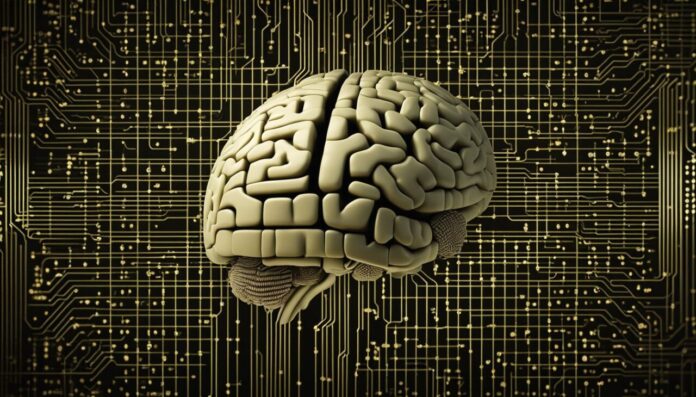
The human brain is an incredible organ. This gray processor of ours is constantly working on something.
In fact, the average person has around 60,000 thoughts per day, and each of them originates in the brain. Often, we have no idea why some thoughts appear, but the brain is there to surprise us.
Moreover, the brain processes everything we see, hear, smell, and billions of other pieces of information. Some of this information stays with us only briefly, while some remain recorded for a lifetime.
Therefore, it’s logical to ask – what is the actual memory capacity of the average brain?
Where do all these countless pieces of information fit?
Let’s find out.
Interesting fact: Human brain can store up to 100 trillion synapses, which is more than the number of stars in the Milky Way galaxy.
Estimating Brain Capacity

The latest research suggests that the brain can store an incredible amount of data, far more than previously thought. According to a study, the brain can store nearly 10 times more data than previously estimated.
The brain’s memory storage is measured in “bits,” and the number of bits that the brain can store has been estimated to be around 2.5 petabytes (or 2,5 million gigabytes).
This is an incredibly large number, equivalent to the storage capacity of around 3 million hours of TV shows.
To put this in perspective, the average human lifespan is around 77 years. That’s 674,520 hours.
In other words, the brain can easily store one’s whole life as a movie.
That’s nice huh?
It sure is, but let’s try to compare it with computers.
Interesting fact: The human brain contains around 86 billion neurons, each of which can form thousands of connections with other neurons.
Comparing the Brain to Computers
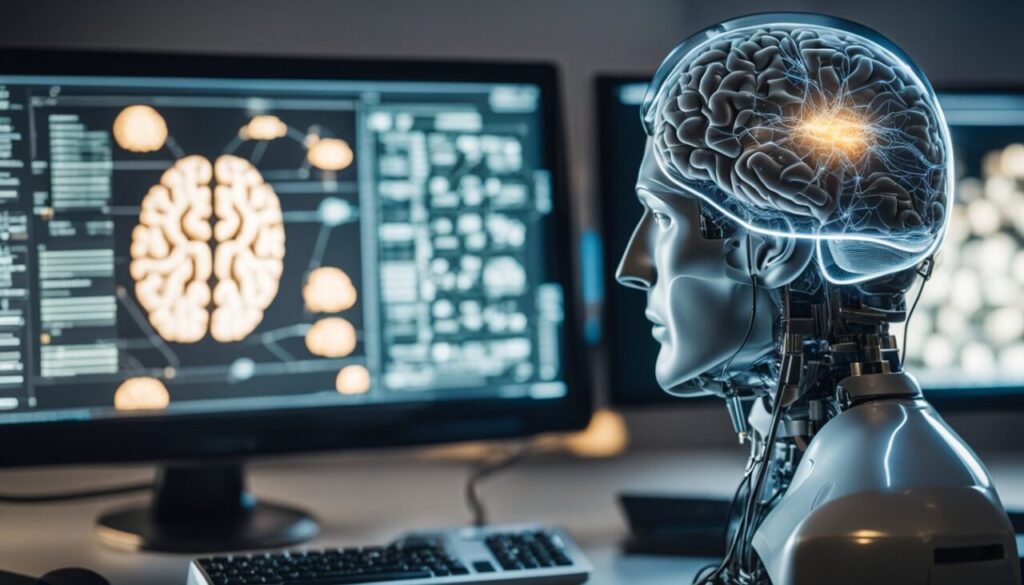
When it comes to data storage, computers first come to mind. So let’s try to compare computers with human brain.
One way to compare the two is to look at the number of “bits” of information each can store.
As mentioned, by the latest research human brain can store up to 2,5 petabytes of data.
And what about the average computer?
Well, let’s say that the average computer stores around 1TB of data.
Okay, now we have all the parameters to make a comparison.
Storage Capacity Comparison
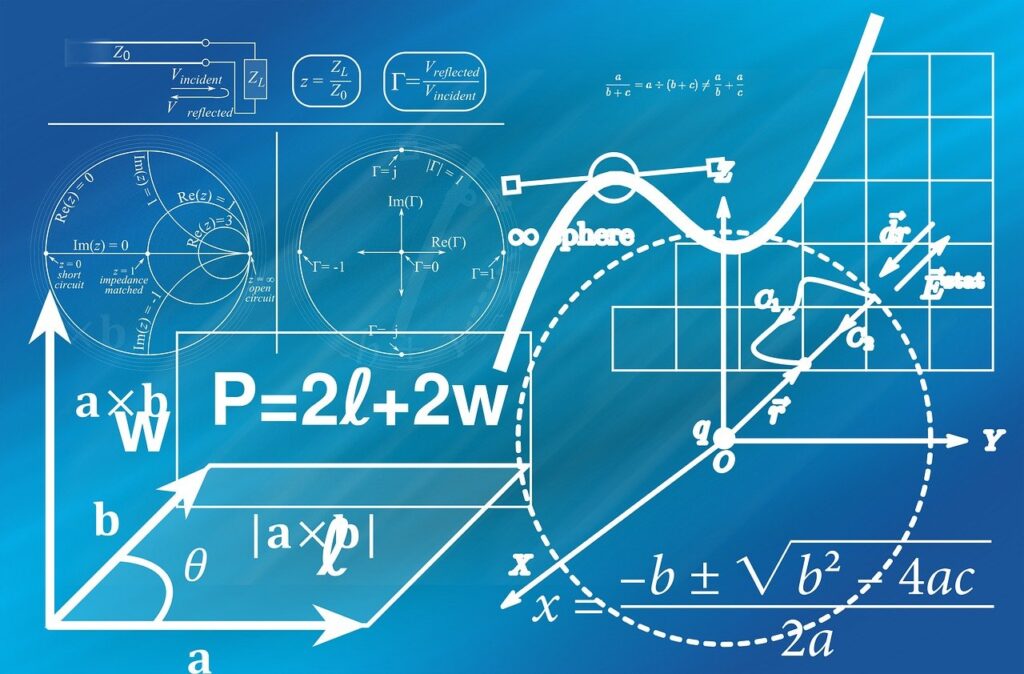
1 petabyte (PB) is equal to 1,024 terabytes (TB), and 1 terabyte (TB) is equal to 1,024 gigabytes (GB).
So, 2.5 petabytes can be converted as follows:
2.5 PB = 2.5×1,024 TB = 2,560 TB
Let’s convert this to gigabytes:
2,560 TB = 2,560×1,024 GB = 2,621,440 GB
So now if we divide 2,621,440 by 1024 we get the following number: 2,560.
That means that the human brain has 2560 times more storage capacity than a computer with a 1TB hard disk.
Now, that’s astonishing and unbelievable.
However, as we know, computers store and access information in different ways than humans do.
Computers rely on precise, digital storage and retrieval, while the brain uses a more flexible and distributed system.
That’s why even though we have such enormous storage capacity, we can not access most of that information when we want it.
Some information is stored deeply inside us but we simply can not remember it. In other words, we do not have access to that information.
But the information is stored in the brain.
Good examples include various psychedelic experiences, particularly with DMT and ayahuasca, where some individuals report being able to recall their earliest childhood memories while under the influence.
Just imagine what we could do if we had access to all the information stored in our brains all the time.
Okay, now that we know our storage capacity let’s briefly take a look at different types of memory.
As computers, so do we humans have different kinds of memory systems.
Interesting fact: One of the world's strongest computers, the Summit supercomputer, has a capacity of 250 petabytes.
Types of Memory in the Brain
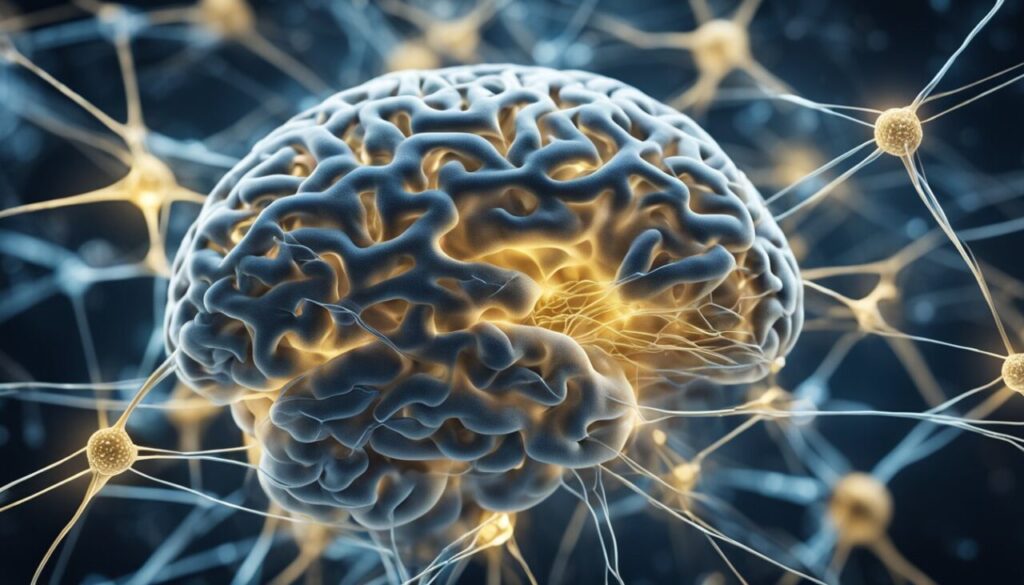
Short-Term Memory
Short-term memory, also known as working memory, is the type of memory that holds information temporarily. It is responsible for holding information for a few seconds to a minute.
Short-term memory is used to remember phone numbers, directions, and other information that is needed for a short period. It is a limited-capacity system that can hold only a small amount of information at a time.
Cognitive psychologist George A. Miller discovered that short-term memory can hold about 7 items, plus or minus 2. He explained all of this in his influential paper “The Magical Number Seven, Plus or Minus Two: Some Limits on Our Capacity for Processing Information.”
Long-Term Memory
Long-term memory is the type of memory that holds information for a longer period, from minutes to years. It is responsible for storing information that is needed for a longer period, such as personal experiences, knowledge, and skills.
Long-term memory is almost an unlimited capacity system that can hold a huge amount of information, as we explained earlier.
Interesting fact: Long-term memory can be improved through practice and repetition.
Sensory Memory
Sensory memory is the type of memory that holds information from the senses for a brief period. It is responsible for holding information from the senses, such as sight, sound, and touch, for a very short period, usually less than a second.
Sensory memory is important for processing information from the environment and preparing the brain for further processing.
Okay, now that we have all the information about our memory, let’s just briefly explain how this memory actually works.
Let’s take a look at the intricate details of our neurons and synapses.
Interesting fact: Sensory memory is responsible for the phenomenon of persistence of vision, which makes movies and animations appear continuous to the human eye.
The Role of Neurons and Synapses
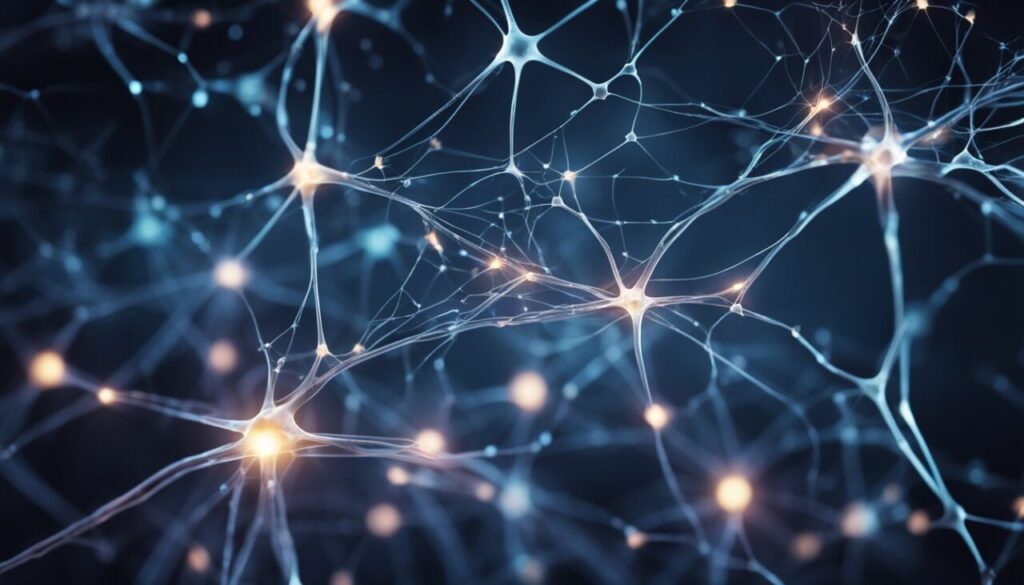
As we all know, neurons are the basic building blocks of the human brain. They are specialized cells that transmit information throughout the brain and body.
Each neuron has a cell body, dendrites, and an axon. The dendrites receive information from other neurons, while the axon sends information to other neurons.
On the other hand, synapses are the connections between neurons. They are the sites where neurons communicate with each other.
Synapses are formed by the axon of one neuron and the dendrite of another neuron. Information is transmitted across synapses by chemicals called neurotransmitters.
As mentioned, the human brain contains an estimated 86 billion neurons and a hundred trillion of synapses.
The number of synapses is thought to be directly related to the amount of information that can be stored in the brain.
Interesting fact: Synapses can transmit signals at speeds up to 120 meters per second, allowing for rapid communication across the brain and enabling quick reflexes and immediate responses to stimuli.
How Synapses Store Information

Synapses are capable of changing in strength, a process known as synaptic plasticity. This allows the brain to adapt to new experiences and learn new information.
The strength of a synapse is determined by various factors, including the number of neurotransmitter receptors on the receiving neuron and the amount of neurotransmitter released by the sending neuron.
Research has shown that synapses are capable of storing multiple bits of information, rather than just one as previously thought.
One study found that hippocampal synapses, which are involved in memory formation, can store between 4.1 and 4.6 bits of information.
Interesting fact: The strength of a synapse can change in as little as 30 seconds, allowing the brain to rapidly adapt to new information.
Limitations of Brain Storage Capacity

Despite the incredible storage capacity of the human brain, there are still limitations to how much data it can store. One of the main limitations is the amount of time it takes to encode and retrieve memories.
While the brain can store huge amount of information, it can take a significant amount of time to encode and retrieve that information. This is why people often forget things that they have learned or experienced, especially if they do not reinforce that information over time.
Another limitation of brain storage capacity is the amount of interference that can occur between memories. When multiple memories are stored in the brain, they can sometimes become confused or mixed up with one another.
This can lead to the phenomenon of false memories, where people remember events or experiences that never actually occurred.
Finally, the brain’s storage capacity can be affected by age, disease, and injury. As people age, their brains can become less efficient at encoding and retrieving memories, which can lead to memory loss and other cognitive impairments.
Diseases like Alzheimer’s and Parkinson’s can also damage the brain’s ability to store and retrieve memories, while traumatic brain injuries can cause permanent damage to the brain’s memory centers.
Interesting fact: Studies have shown that the average person forgets up to 80% of what they learn within 30 days, highlighting the limitations of the brain's storage capacity.



























